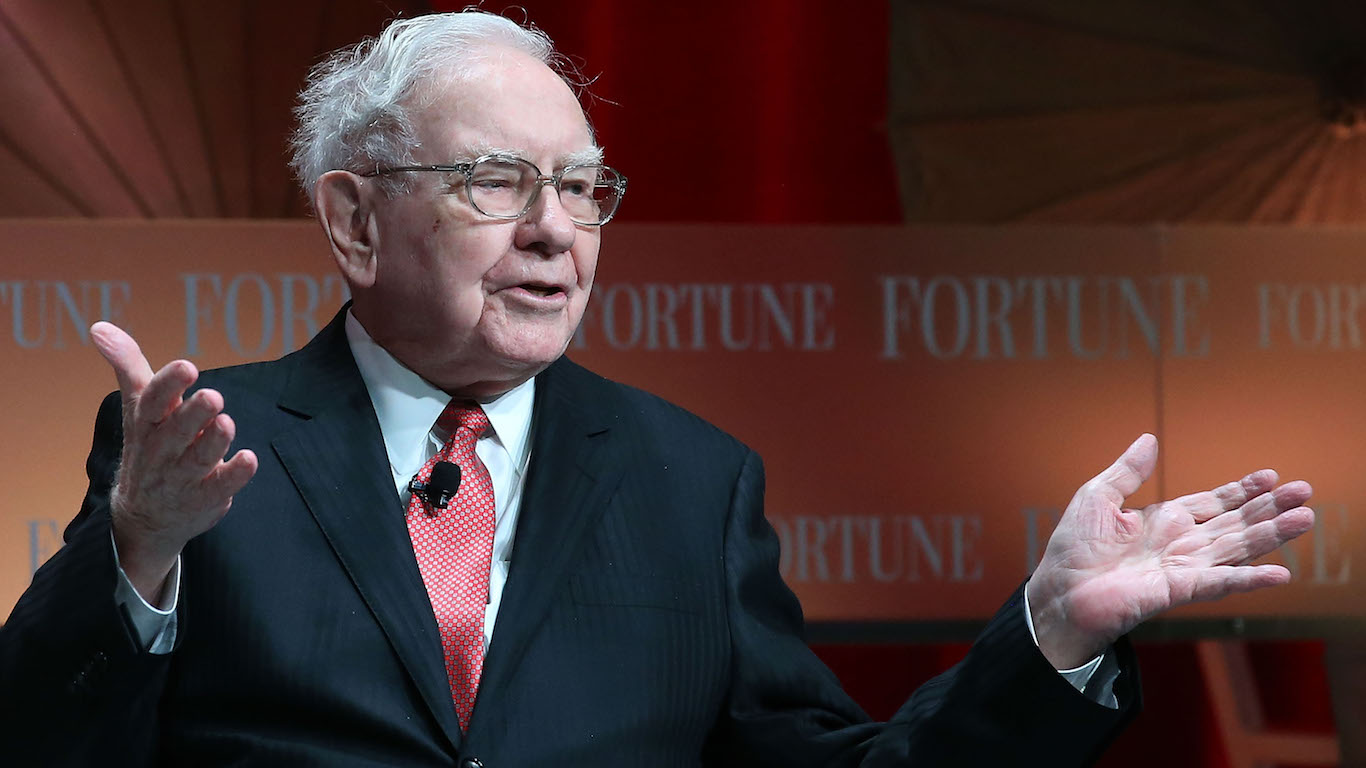Personal Finance
Want $1 Million in Retirement? 1 Simple ETF to Buy Today and Hold For Decades

Published:


The S&P 500 Index has endured for decades as a solidly reliable barometer of US corporate and industrial strength and economic health. Millions of investors have passively built wealth simply by deploying a “buy and hold” strategy with an S&P 500 ETF. In fact, Warren Buffett, a longtime champion of S&P 500 Index investing, claimed that when he passed away, 90% of his personal account left to his wife will be holding S&P 500 ETF stakes.
F.I.R.E. (Financial Independence, Retire Early) is an ethos that has gone virally popular, especially among Millennials and Gen-Zers. F.I.R.E. adherents engage in aggressive retirement savings and focused thrift habits that are meant to establish and grow sizable retirement nest eggs years, and in some cases, over a decade before average retirement age.
The F.I.R.E. Concept origination is credited to a blog by quantitative analyst/investor Jacob Lund Fisker in 2007, who espoused the lost benefits and virtues of a frugal lifestyle. It later gained further traction and crystallization from finance executive Sam Dogen’s Financial Samurai blog in 2009, which codified certain principles of F.I.R.E., such as the need to amass sufficient savings and investments in order to live off the portfolio’s passive income generation. The ethos became popular among self-owned business owners and highly compensated freelancers.
While people who work in all industrial sectors engage in F.I.R.E. practice, those who work in the tech industry are disproportionately represented of late. This is primarily due to many tech companies’ high flying, publicly traded IPOs, for which stock options, and warrants have become ubiquitous as part of W-2 employee compensation. With stock prices appreciating at abnormally fast rates, thousands of these employees are in a position to partake in a F.I.R.E. strategy with a larger starting sum less available to those in other industries.
As a result, building retirement nest eggs to $3 million or more by age 35-40 is not unheard of, and is in fact, becoming more common. The vehicle of choice of the vast majority of F.I.R.E. adherents to reach that goal is via an S&P 500 Index ETF.
For those not in the tech field who don’t have the benefit of a fast growing IPO in their 401-K, the S&P 500 Index can still generate a sizable nest egg for retirement on a small budget. Thanks to the wonders of compounding, the strength of the US stock market, and observing the disciplined practices of the F.I.R.E. strategy, one can build a $1 million portfolio in 30 years starting with $10,000 and a weekly $100 contribution.
The iShares Core S&P 500 ETF (NYSE: IVV) is BlackRock’s entry in the S&P 500 Index ETF arena, competing with Vanguard’s VOO and State Street’s SPY, among others.
With an inception date of May 15, 2000, IVV has been going strong for nearly 25 years. During that time, it has notched an average ROI of 13.51% and gone up 256.59% in 10-years and an average 10.69% CAGR and cumulative 683.24% gain in 20-years. Its portfolio is structured to mimic the allocations within the S&P 500 Index, albeit on a reduced scale.
Additional details include, at the time of this writing:
Top 5 Sector Weightings:
Unsurprisingly, the top largest holdings are the high-flying Magnificent 7 tech stocks, along with Berkshire Hathaway and Broadcom (34.81% of the entire portfolio).
Various free Return on Investment (ROT) online calculators can be found on the websites of numerous financial firms. For example, a premise of a $10,000 initial investment with weekly contributions of $100 could grow to over $1 million in 30 years, not including reinvested dividends, taxes and inflation. This figure assumes that the average rate of return at a conservative (12%) remains consistent, and demonstrates the underlying strength of compounding. This example would like as follows:
|
Term |
30 years |
|---|---|
|
Rate of Return |
12% |
|
Initial Investment |
$10,000 |
|
Weekly Investment |
$100.00 |
|
Total Return |
$1,118,013 |

Headquartered in New York, BlackRock is the largest asset manager on the planet. With $11.6 trillion in its coffers going into January, 2025, BlackRock has a presence on every public financial platform and in every asset class, as well as in countless undisclosed private ones.
BlackRock’s vast global resources and deep pockets can give it an edge over its competition.
For example, when compared to SPY, IVV has some structural advantages. IVV has the ability to lend out shares. Stock loan platforms can generate additional revenues. IVV can also reinvest dividends, which deploys more capital and can add value if markets generally trend up. SPY, being a UIT (Unit Investment Trust), has some limitations in these areas.
Additionally, BlackRock Fundamental Equities is a world-class research and analysis outfit, exclusively dedicated to BlackRock ETFs and funds. Over the past 5 years, 79% of BlackRock’s fundamental equity AUM outperformed the benchmark or peer median.
Retirement planning doesn’t have to feel overwhelming. The key is finding expert guidance—and SmartAsset’s simple quiz makes it easier than ever for you to connect with a vetted financial advisor.
Here’s how it works:
Why wait? Start building the retirement you’ve always dreamed of. Click here to get started today!
Thank you for reading! Have some feedback for us?
Contact the 24/7 Wall St. editorial team.